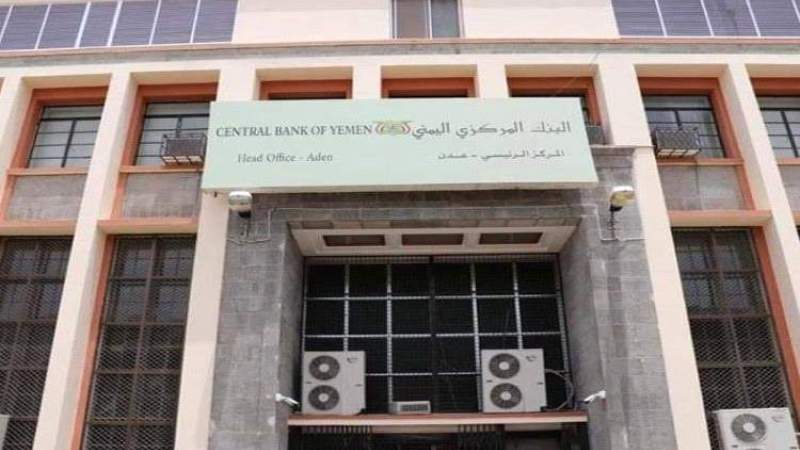Yemen:
The central bank in Aden revealed serious information about the causes of the catastrophe of the collapse of the local currency in UAE-Saudi-occupied governorates of Yemen.
According to sources, the collapse of the currency resulted from a number of promises made by the Saudi regime to the pro-aggression government and the Central Bank of Yemen in Aden.
The sources indicated that Riyadh has worked since October 2016 to persuade the leadership of the coalition government and the presidency of the Central Bank, headed by former governor Monaser Al-Qaiti, of the need to address the crisis of lack of liquidity of the local currency, by printing more riyal currency.
they added: “The Saudi regime, through the ambassador of the Kingdom, Muhammad Al Jaber, and the Arab Bank, held a series of intensive meetings with the Central Bank of Yemen in Aden, and the government between October 2016 and November 2017, which came out with an agreement to print two trillion Yemeni riyals.
The Saudi regime extracted the approval of the International Monetary Fund and the World Bank, pledging that Riyadh would provide the necessary cover to ensure that the purchasing value of the Yemeni riyal does not deteriorate, as a result of the huge amount that will be printed.
It claimed that it aimed to help the pro-aggression government to fulfill its obligations and overcome the illiquidity crisis that was occurring at that stage, before the leadership of the Central Bank knew that the crisis of lack of local currency was fabricated by Saudi Arabia.
As soon as the first batch of local currency printed by the Russian company arrived, in August 2018 the Yemeni riyal began to deteriorate, prompting the government to announce an increase in employee salaries by 30% under the pressure of the popular demonstrations that swept the cities of the occupied southern governorates.
However, what happened with the arrival of the first batch of the new currency was nothing but a prelude to the successive collapse of the Yemeni riyal, during which Saudi Arabia played the most prominent role, by making promises to this government and the Central Bank of Yemen in Aden, without signing any agreement confirming Saudi Arabia's commitment to support Yemen’s economy.
The sources confirmed that the pro-aggression government, at the time, entered consciously or unconsciously in a state of confusion and loss of balance in managing the monetary inflation crisis of the local currency.
In turn it represented the main factor in the catastrophe of economic deterioration in the areas under its control, along with other factors, such as corruption, and the central bank’s decision to float the currency issued in 2017 and not to supply the revenues of public sector institutions to the central bank. The government then continued overdrafts with facilities from the central bank until it reached nearly 5 trillion riyals at the end of last March .
The pro-aggression government had huge burdens resulting from its commitments to provide salaries to more than two-million-recruits lists most of whom are fake names. In addition to its suffering of huge expenditures by the government’s officials, the detention of currency outside the banking receptacles, and the tense economic situation in the country in general.
According to the sources, the country has moved from a problem of lack of liquidity to a currency surplus disaster. The Yemeni riyal lost more than 500% of its value in Aden and the rest of the occupied governorates, according to the estimates of the Central Bank of Yemen, and with it prices rose, during which citizens were unable to secure their minimum needs.
It does not seem that the catastrophe of the collapse of the local currency and the accompanying comprehensive economic collapse can be resolved in the near future, especially since there is a deliberate reservation about the factors of collapse by the aggression, which leads to losing hope of the possibility of any improvement.
#Saudi_led_Aggression
#Economic War
About 1 year






